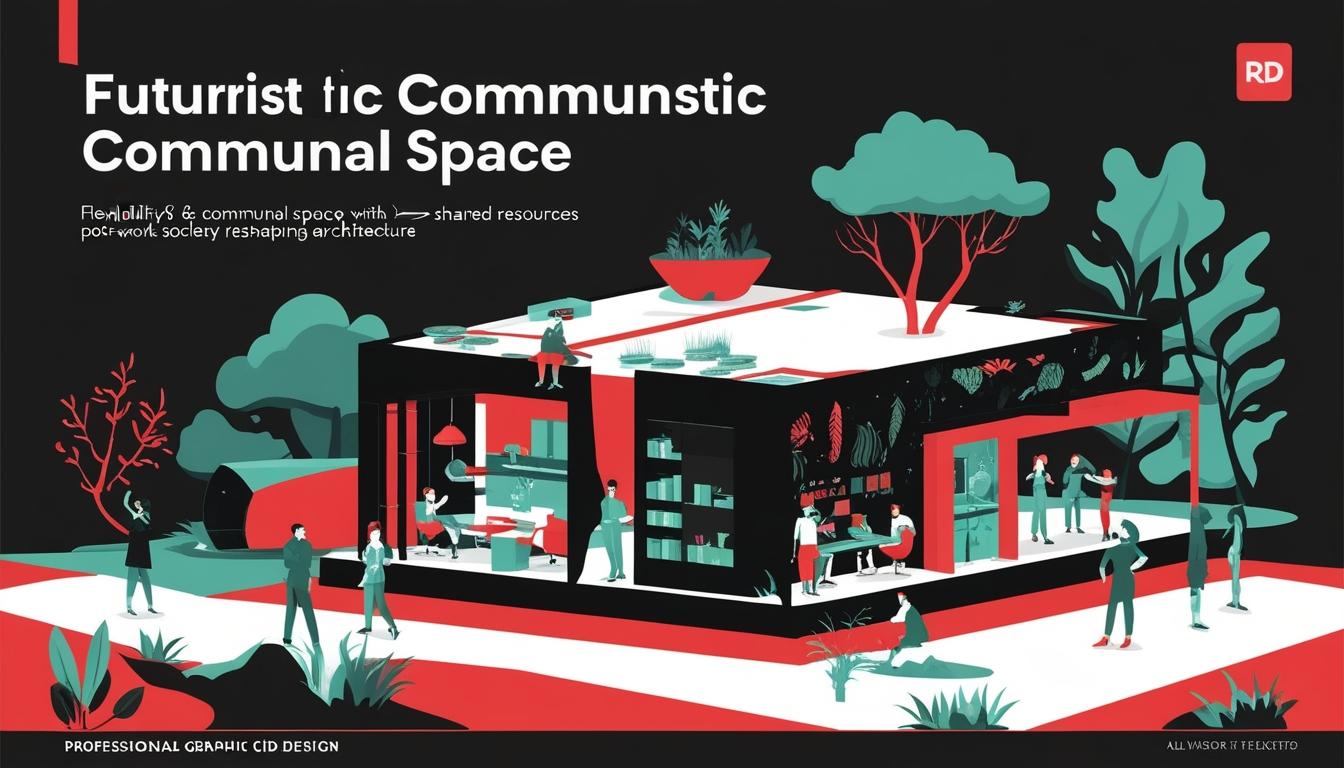As advancements in artificial intelligence (AI) accelerate towards a potential market value of $1.3 trillion by 2030, discussions surrounding the implications of these changes, particularly in the context of a possible “post-work” society, are gaining momentum. This notion presents a future where human labour may no longer be necessary for generating the wealth needed for comfortable living. Such predictions, reminiscent of those made by economist John Maynard Keynes in 1930, are increasingly being considered a plausible outcome.
Keynes posited that by 2030, people would work merely three hours daily, allowing the rest of their time for leisure, cultural pursuits, and civic engagement—a concept met with scepticism in his time. However, the current trajectory of AI development suggests a shift in the economic landscape that resembles Keynes's vision. Experts are contemplating the practicality of Universal Income initiatives across Europe, which are reportedly yielding encouraging results. In such a system, economic survival may pivot away from individual professional contributions, instead favouring collective state support aimed at creating a more equitable environment.
This transformation is poised to redefine long-held cultural beliefs about work, which has traditionally been linked to survival and economic need. Now, conversations are shifting towards an era that promotes creativity and self-expression. In a future defined by AI, architects and designers will face new challenges and opportunities, as building requirements may evolve from supporting a rigid nine-to-five work structure to cultivating spaces that enhance personal development, foster social connections, and promote lifelong learning.
As the traditional office landscapes morph, the design of future environments may prioritise flexibility and collaboration over efficiency and productivity. Architects are considering how buildings might accommodate a variety of uses, such as studios, maker spaces, and communal areas where individuals can engage in artistic endeavours or skill-sharing activities. The potential shift towards non-linear work schedules would likely result in increased demand for 24-hour accessibility in public venues and communal facilities.
The concept of collective resource management is also gaining traction. In a post-work society, the aim may transition from individual ownership to community stewardship, where resources like tools and materials are shared rather than duplicated. This shift is already reflected in practices observed in self-sufficient communities, such as the establishment of “libraries of things,” which allow for communal access to shared resources, thereby reinforcing circular economy principles and minimising waste.
Additionally, a greater emphasis is being placed on health and well-being within the workplace, with some companies experimenting with a four-day workweek to enhance work-life balance. Freed from the relentless pursuit of career advancement, individuals could focus more on their overall well-being, prompting further architectural developments that prioritise outdoor spaces and community connectivity rather than merely accommodating healthcare facilities.
The evolving landscape envisaged by Keynes—where the necessity of human labour diminishes—appears feasible with the advancements in AI and technology. Should society embrace this transformation without deterring the human spirit, the architecture of the future could serve as a vital facilitator for rich, meaningful lives, showcasing civic spaces as more integral than traditional corporate offices, and emphasising communal gardens and active learning environments over standard waiting areas.
In light of these anticipated trends, Architizer's 13th A+Awards are addressing this pivotal moment in architectural history with dedicated categories focused on sustainability and innovative design practices, welcoming contributions from those eager to be recognised on the global stage for their work in shaping a greener industry and fostering a more vibrant future.
Source: Noah Wire Services
